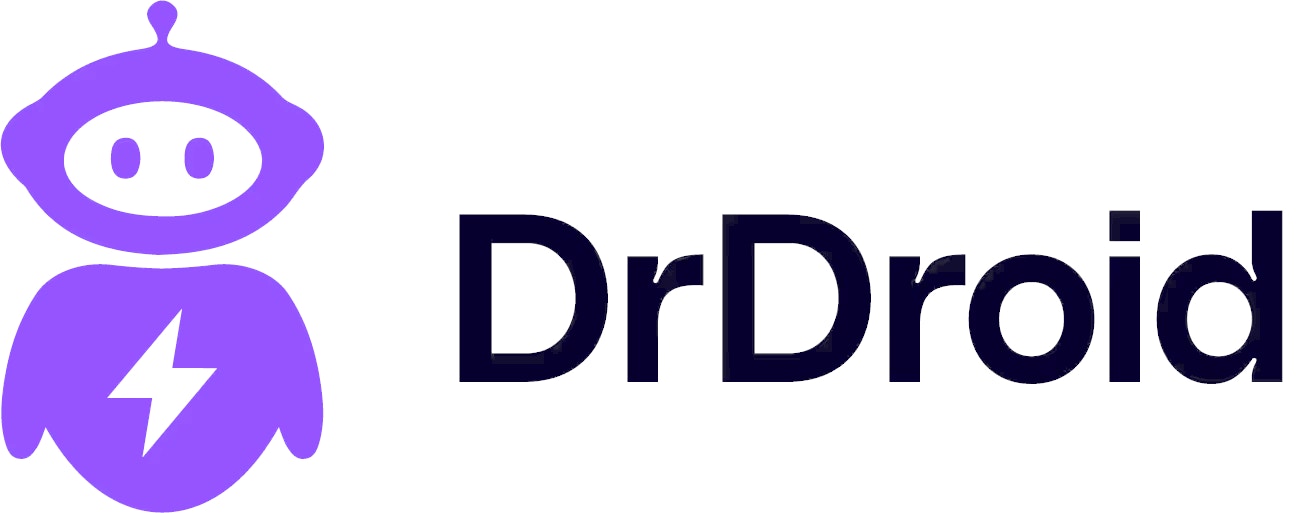⚙️ Ways to Add Infrastructure
Infrastructure resources can be added in two ways:✅ 1. Auto-Sync from Cloud & Kubernetes Integrations
DrDroid automatically discovers and syncs infrastructure metadata from:Cloud Providers
- AWS (EKS), GCP (GKE), Azure
- VM instances, node groups, autoscaling configs
Kubernetes Clusters
- Namespaces, deployments, statefulsets, services
- Ingresses, network policies, autoscalers, and more
🧠 Once integrations are active, infrastructure is auto-populated and continuously synced — no setup required.
📝 2. Manual Addition via UI
For custom environments or fine-tuned control, users can manually add infrastructure components.Steps:
- Navigate to Context → Catalog → Infrastructure
- Click ”+ Add Resource”
- Provide details:
- Resource Type (e.g., cluster, namespace, deployment)
- Name (e.g., eks-prod-cluster-1)
- Region / Zone (if applicable)
- Linked Services (optional)
- Tags (e.g., prod, critical, shared)
- Click Save
🔗 These resources can then be referenced by alerts, services, or during task execution.
🧩 What Gets Cataloged?
Depending on the integration, DrDroid may capture:| Resource Type | Examples |
|---|---|
| Clusters | EKS, GKE, self-hosted K8s |
| Node Pools / VMs | EC2 nodes, instance groups |
| Namespaces | default, prod, staging, etc. |
| Deployments | Backend apps, cron jobs |
| Ingresses & Services | Load-balanced services |
| Autoscalers | HPA, Cluster Autoscaler |
| Network Policies | Custom K8s network rules |
🔄 Keeping Infra Up to Date
- Auto-synced infra is kept fresh through connected integrations.
- Manually added items can be edited, updated, or removed anytime.

